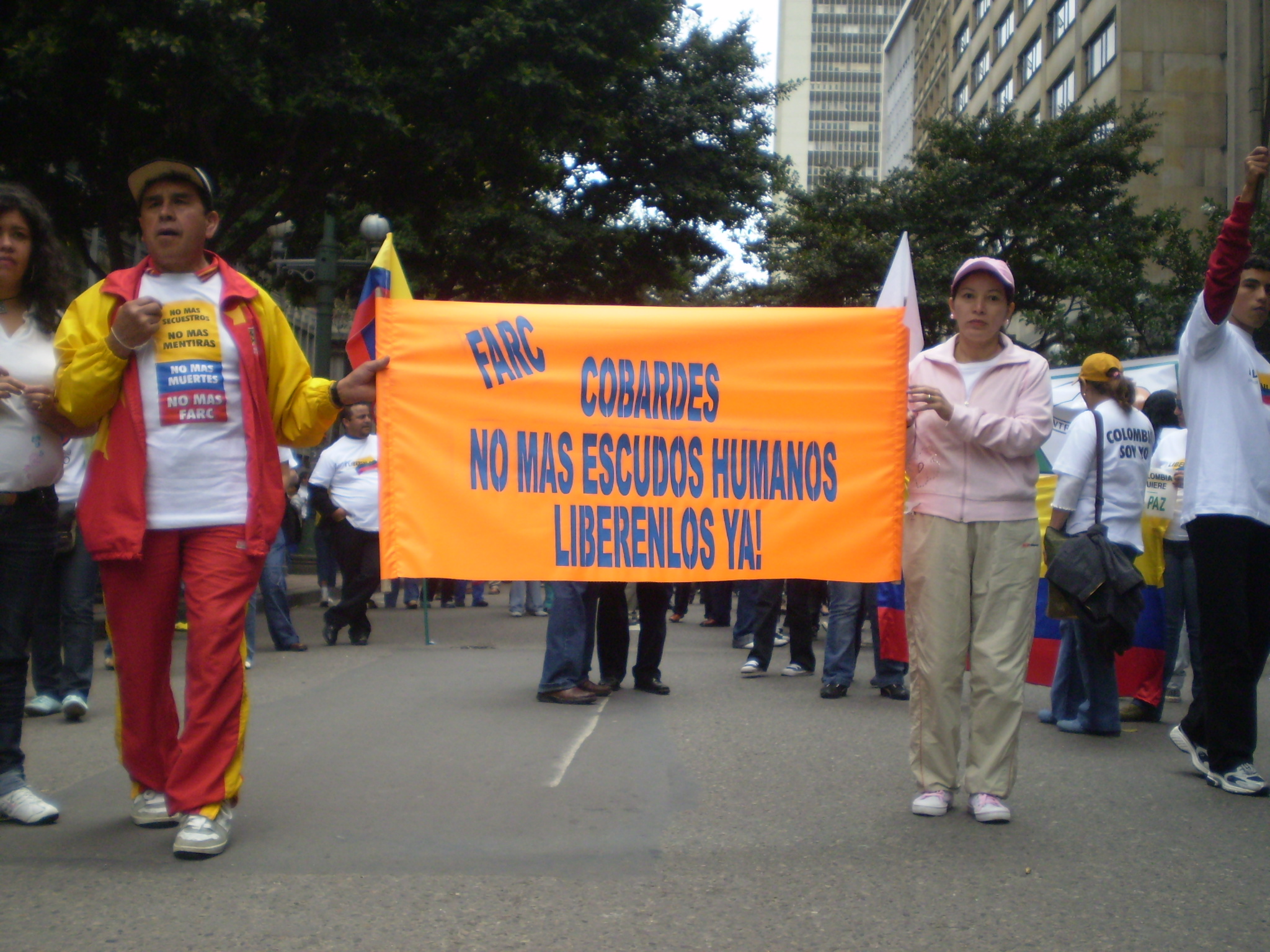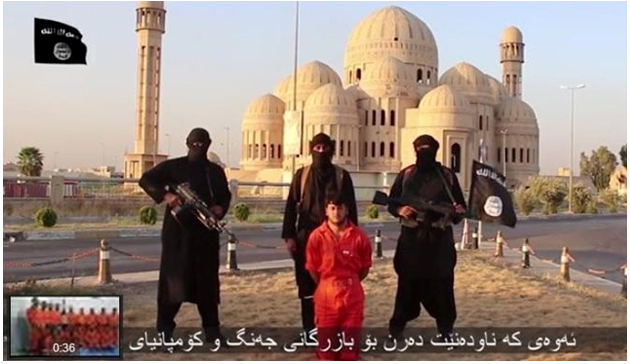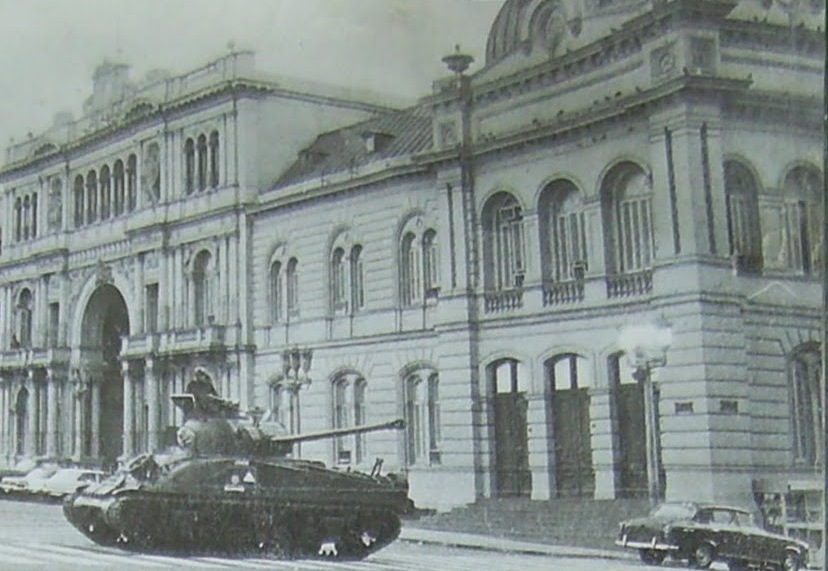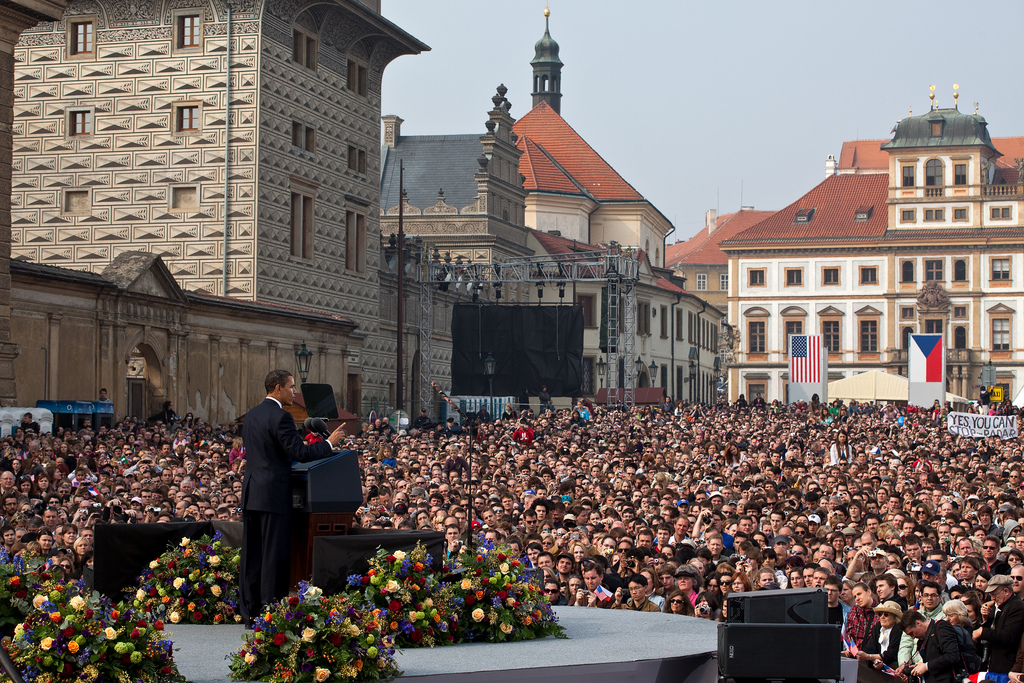Guest post by Michael Weintraub, Thomas Flores, and Juan Vargas

Violence sadly has become a regular feature of 21st century elections. Elections often take place soon after civil war ends, as was the case with Sri Lanka’s 2010 presidential election, held only months after the defeat of the Tamil Tigers. Yet elections also take place while armed conflict rages on in countries as diverse as Pakistan, Ukraine, Colombia, and Israel.
The frequent juxtaposition of civil conflict and electoral competition has prompted scholars to ask how bloodshed outside the voting booth alters voters’ choices within it. Definitive answers to this question remain beyond our reach, but scholars have treated this question in innovative ways. Scholars disagree, for example, whether violence emboldens voters to choose hawkish candidates or parties or deepens their support for accommodating armed groups. Evidence from Turkey and Israel finds that violence by extremist groups hardened civilian attitudes towards extremist causes and resulted in votes for more hawkish political parties. Yet other scholars find that the 2004 train bombings in Madrid, Spain turned voters against the more hawkish People’s Party. A different line of thinking suggests that voters punish incumbents for terrorist attacks.
We explore this question further in an article forthcoming in Research & Politics. In it, we ask whether violence by the Fuerzas Armadas Revolucionarias de Colombia (FARC), the main insurgent group facing the Colombian state, affected voters’ support for the peace process in last summer’s presidential elections.
Colombia’s 2014 presidential election is a perfect laboratory to study this question. President Juan Manuel Santos staked his re-election campaign on seeking peace with the FARC – a surprising turn of events given that, as Defense Minister, he was an architect of former President Álvaro Uribe’s mano dura (“firm hand”) policies between 2002 and 2010. His opponent – Óscar Iván Zuluaga, himself a former cabinet official during Uribe’s presidency – took nearly the opposite position, threatening to suspend peace talks if he captured the presidency. The peace process – initiated by Santos and underway for a year and a half at the time of the election – remained the only salient issue in the campaign. A vote for Santos, then, was a vote for the peace process, while a vote for Zuluaga was a vote against.
How did insurgent violence affect Colombians’ support for peace – and hence their choice for president? To answer this question, we assess how FARC violence affected municipal-level vote shares for each of the candidates in the second round of the presidential election. To do so, we collected from the Registraduría Nacional del Estado Civil, Colombia’s national election commission, data on the proportion of voters in each town or city opting for Santos versus Zuluaga in the second round of the election. We then use data from the Human Rights Observatory Database and regression analysis to assess whether municipalities with more FARC attacks between 1988 and 2010 were more likely to vote for Santos or Zuluaga.
A careful analysis of these data – we won’t include all the details here, but see the article for a summary – suggests three main patterns. First, Santos generally did better in places with higher violence, while Zuluaga performed better in places with low violence. The impact is rather large. Only 11 more FARC attacks between 1988 and 2010 – or one additional attack every other year – was correlated with a 3% in Santos’ vote share. Second, we also find evidence of a non-linear impact of violence on the vote: Santos generally did best in places with middling levels of violence and not as well in places with either no or very high levels of violence. The reverse pattern held for Zuluaga. Third, the legacy of the FARC’s violent origins still reverberates today: municipalities that witnessed FARC attacks while it was in its infancy (1964-1970) were more likely to vote for Santos than Zuluaga.
Our findings are far from the last word on these issues, of course. Two of the characteristics that make this election an ideal case – the centrality of the conflict in voters’ minds and the diametrically opposed positions of the candidates on the peace process – call into question whether these patterns will hold in other contexts. Many questions remain. Does civil war affect vote choice when the conflict is not as salient to a given election? How do voters weigh the importance of, for example, economic development versus ending violence? And do armed groups use violence to coerce voters to choose their preferred candidates, or punish voters who do not obey their preferred policies?
All the same, our research suggests strongly that Colombia’s long legacy of insurgent violence can be seen in Colombians’ votes in 2014. Civil war, it would seem, conditions the practice of democracy for years to come.
Michael Weintraub is an Assistant Professor of Political Science at Binghamton Univeristy, Thomas Flores is an Assistant Professor at the School for Conflict Analysis and Resolution at George Mason University, and Juan Vargas is a Professor of Economics at the Universidad del Rosario.







1 comment
Spain might not be the best example since it didn’t have much history of combat with Al Qaeda and the reason it was targeted, its participation in Iraq, might have been unpopular in Spain before the bombings and this was simply the final straw.